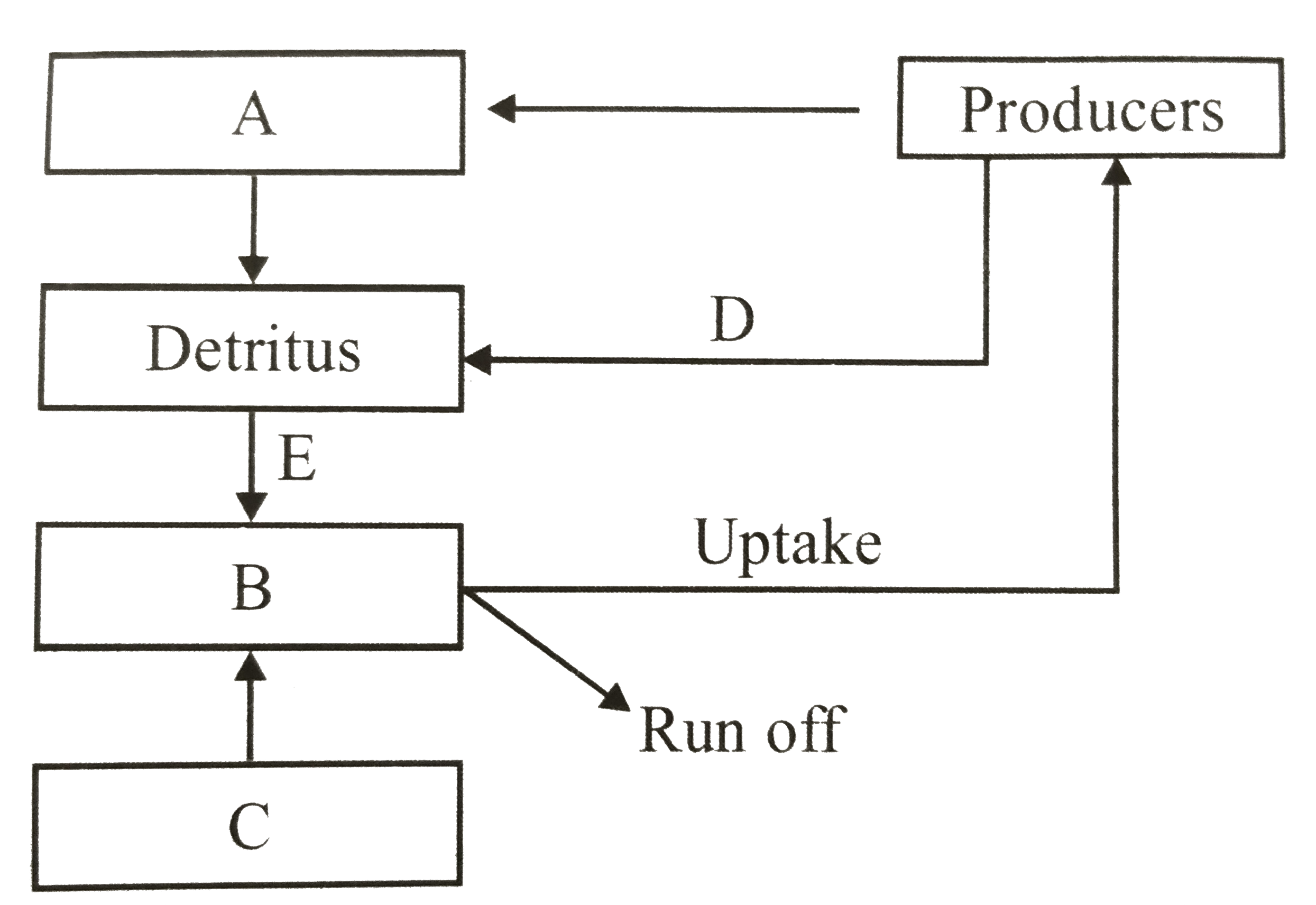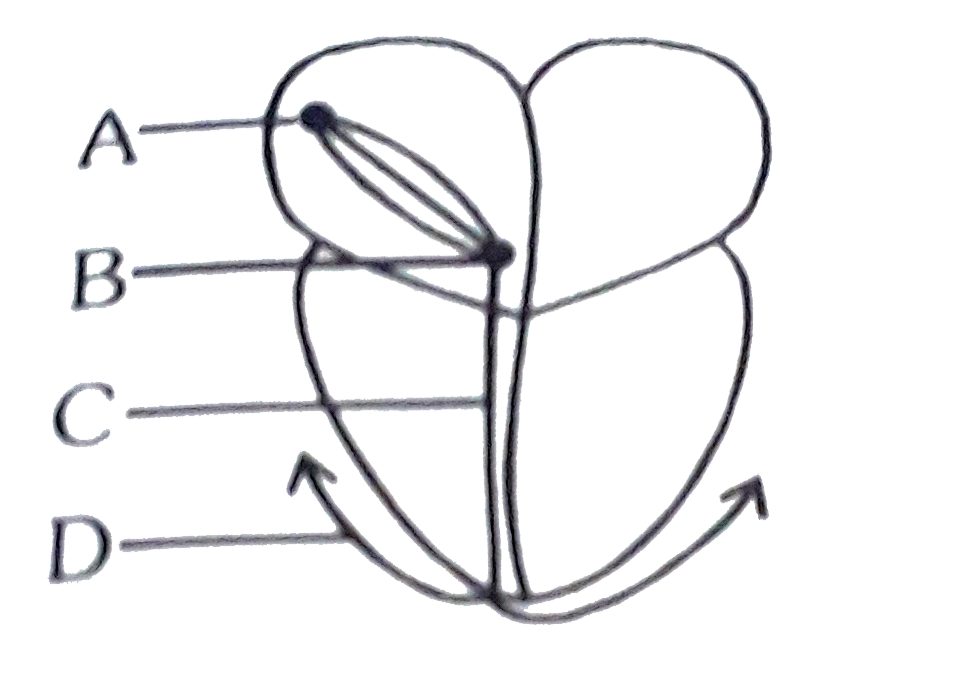A salt 'A' on heating forms the oxide of the metal 'B' and a gas 'C'. 'B' is used in white washing . When C is passed through water it forms 'D'. Identify A, B, C and D. Justify the usage of 'C' for the above purpose.
To solve the problem step by step, we need to identify the substances A, B, C, and D based on the information provided.
Step 1: Identify Salt 'A'
The question states that a salt 'A' on heating forms the oxide of the metal 'B' and a gas 'C'. Given that 'B' is used in whitewashing, we can deduce that 'B' is calcium (Ca), which is used to produce calcium oxide (CaO) for whitewashing.
The salt that contains calcium and can decompose upon heating is calcium carbonate (CaCO₃).
So, A = Calcium Carbonate (CaCO₃)
Step 2: Identify Metal 'B'
From the previous step, we identified that 'B' is the metal that forms calcium oxide when heated. Therefore:
So, B = Calcium (Ca)
Step 3: Identify Gas 'C'
When calcium carbonate (CaCO₃) is heated, it decomposes to form calcium oxide (CaO) and carbon dioxide (CO₂) gas. Therefore:
So, C = Carbon Dioxide (CO₂)
Step 4: Identify Substance 'D'
The question states that when gas 'C' (carbon dioxide) is passed through water, it forms substance 'D'. When carbon dioxide (CO₂) is dissolved in water, it forms carbonic acid (H₂CO₃).
So, D = Carbonic Acid (H₂CO₃)
Summary of Identifications
- A = Calcium Carbonate (CaCO₃)
- B = Calcium (Ca)
- C = Carbon Dioxide (CO₂)
- D = Carbonic Acid (H₂CO₃)
Justification of Usage of 'C'
Carbon dioxide (C) is used in the process of whitewashing because when it reacts with water, it forms carbonic acid (D). This carbonic acid can help in the process of dissolving and reacting with other materials in the whitewashing mixture, enhancing the adherence and effectiveness of the whitewash.
The question states that a salt 'A' on heating forms the oxide of the metal 'B' and a gas 'C'. Given that 'B' is used in whitewashing, we can deduce that 'B' is calcium (Ca), which is used to produce calcium oxide (CaO) for whitewashing.
From the previous step, we identified that 'B' is the metal that forms calcium oxide when heated. Therefore:
When calcium carbonate (CaCO₃) is heated, it decomposes to form calcium oxide (CaO) and carbon dioxide (CO₂) gas. Therefore:
The question states that when gas 'C' (carbon dioxide) is passed through water, it forms substance 'D'. When carbon dioxide (CO₂) is dissolved in water, it forms carbonic acid (H₂CO₃).
- A = Calcium Carbonate (CaCO₃)
- B = Calcium (Ca)
- C = Carbon Dioxide (CO₂)
- D = Carbonic Acid (H₂CO₃)
Carbon dioxide (C) is used in the process of whitewashing because when it reacts with water, it forms carbonic acid (D). This carbonic acid can help in the process of dissolving and reacting with other materials in the whitewashing mixture, enhancing the adherence and effectiveness of the whitewash.
Topper's Solved these Questions
- CHEMISTRY IN DAILY LIFEBOOK - PEARSON IIT JEE FOUNDATIONCHAPTER - CHEMISTRY IN DAILY LIFEEXERCISE - Level - 3
5 Videos
- CHEMISTRY IN DAILY LIFEBOOK - PEARSON IIT JEE FOUNDATIONCHAPTER - CHEMISTRY IN DAILY LIFEEXERCISE - Assessment Test 1
15 Videos
- CHEMISTRY IN DAILY LIFEBOOK - PEARSON IIT JEE FOUNDATIONCHAPTER - CHEMISTRY IN DAILY LIFEEXERCISE - Level - 2 (Multiple choice questions)
12 Videos
- ATOMIC STRUCTURE AND TRANSFORMATION OF MATTERBOOK - PEARSON IIT JEE FOUNDATIONCHAPTER - ATOMIC STRUCTURE AND TRANSFORMATION OF MATTEREXERCISE - Assessment Test 2
15 Videos
- CLASSIFICATION OF MATTERBOOK - PEARSON IIT JEE FOUNDATIONCHAPTER - CLASSIFICATION OF MATTEREXERCISE - ASSESSMENT TEST (TEST-2)
9 Videos
Similar Questions
Knowledge Check
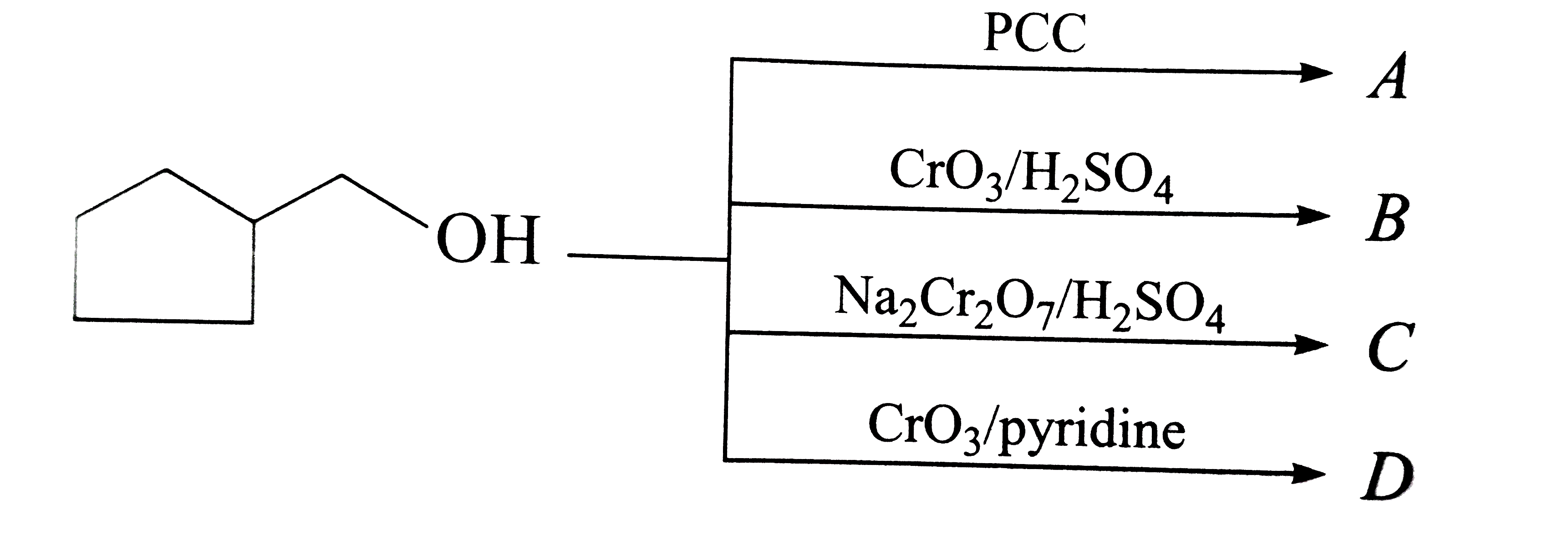
Identify A, B, C, DA B
B C
C D
D
An element 'A' burns in nitrogen to give an ionic compound 'B' which reacts with water to give 'C' and D. 'E' is used in white washing. Identify, A, B, C and D:
ACa,Cl2,Ca(OH)2,N2BCa,Ca3N2,Ca(OH)2,NH3CCa,Ca(OH)2,CaCO3,NH3DCa,Cl2,Ca(OH)2,NH3

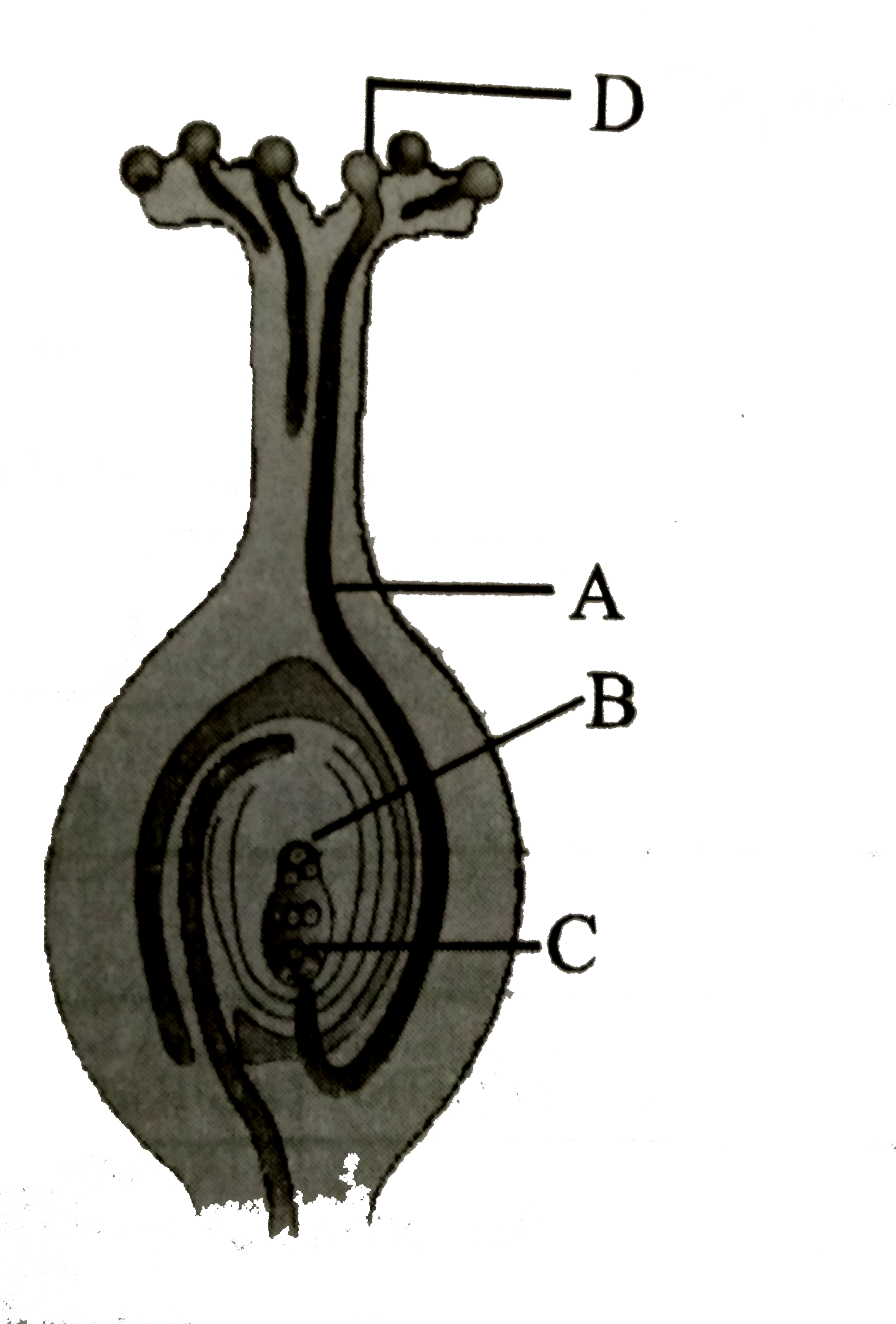

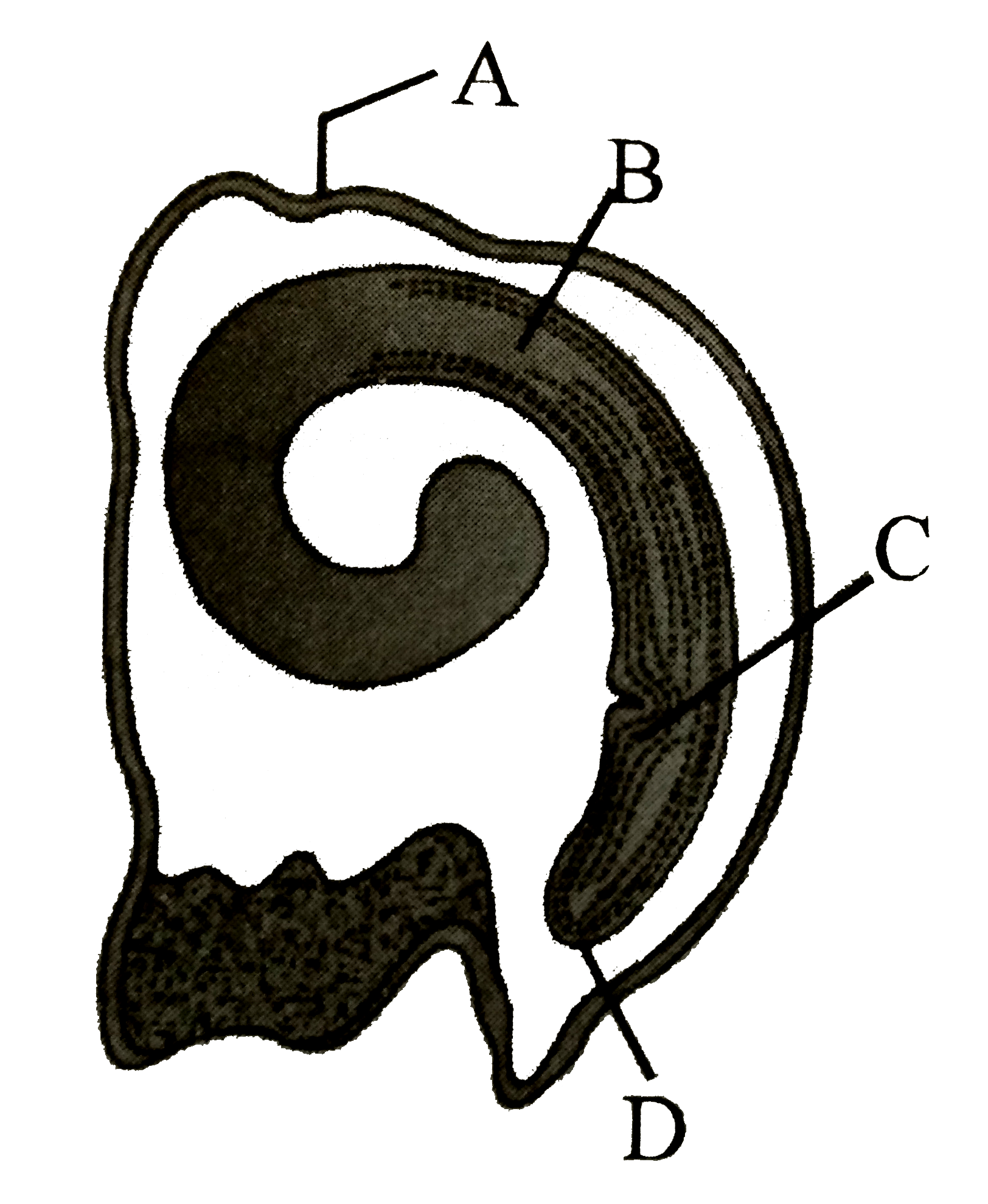
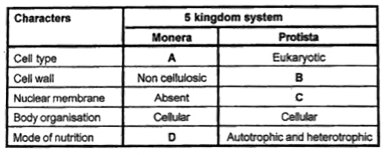

 .
.